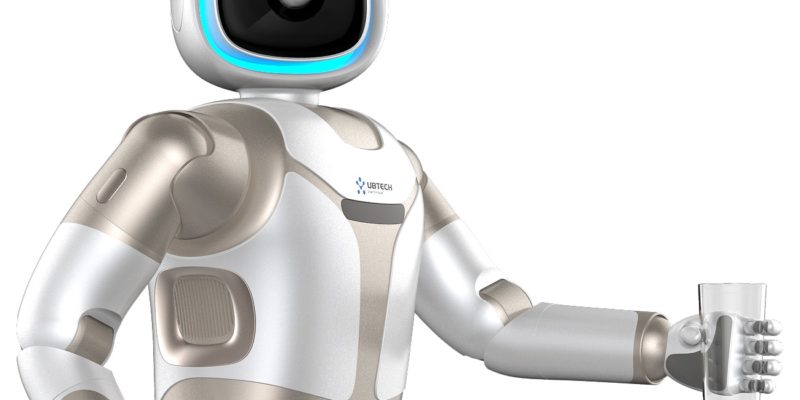The walker is a critical device for both elderly and individuals with motor disabilities. Without aid, they would usually lack the ability to stand confidently or to maintain a positive posture while walking. Subsequently, they are prone to losing their balance during either activity.
The Weaknesses of Traditional Walkers
Yet, as users of traditional walkers can attest, there are disadvantages that are inherent to their usage. For example, with a fix body, users were forced to conform their body posture to the dimensions of the walker. Furthermore, these walkers technically forced users to conform to them rather than training them towards stronger independent mobility. This meant that a less than idle situation existed.
The Usage of Gait Trainers
In turn, users of walkers could not utilise them to realise their potential for independent mobility. Instead, individuals had to turn to gait training specialists who would put them through rehabilitation sessions containing a gait trainer. These machines were built to help correct the gait of individuals and thus had a variety of adjustable configurations. However, this also meant that they were largely built for indoor controlled settings rather than day to day external environments.
This created a less than ideal circumstance where by a patient would put work into a gait trainer before reverting to using their walker outside. This hampers the progress of a patient while also making things awkward when transiting between each.
The Creation of the Complete Structure Walkers
The complete structure walker is a crossbreed between traditional posterior and anterior positions. By having a 360 body, they are able to accommodate users in either of the aforementioned positions. Furthermore, they have a great deal of flexibility to reconfigure for assistance with harness systems and saddles.
The options in this type of walker means that it has a high degree of adjustability to accommodate the individual’s posture and offer support and additional features for more critical cases.
Hands-free walkers also are under this setup. They add to arm swing and trunk turning along with raised participation and inclusion. However, for children with spasticity versions with arm rests will allow them to loosen up more and walk steadier.
An evolution of complete structure walkers is a walker with seat. This configuration involves a foldable chair within the frame of the gait trainer walker, that allows your child to take a rest when needed.
Why a Full Structure Walker Might be the best Solution for your Child
Full structure walkers often tend to be more expensive due to the technologies involved in their construction. However, they provide a myriad of benefits including:
- Singular device for both gait correction and day to day support
- Being mobile enough for easy transportation
- Variety of configurations for your child to switch to according to their needs
- Not requiring cumbersome lifting operation
- Being able to take a rest where needed













Comments